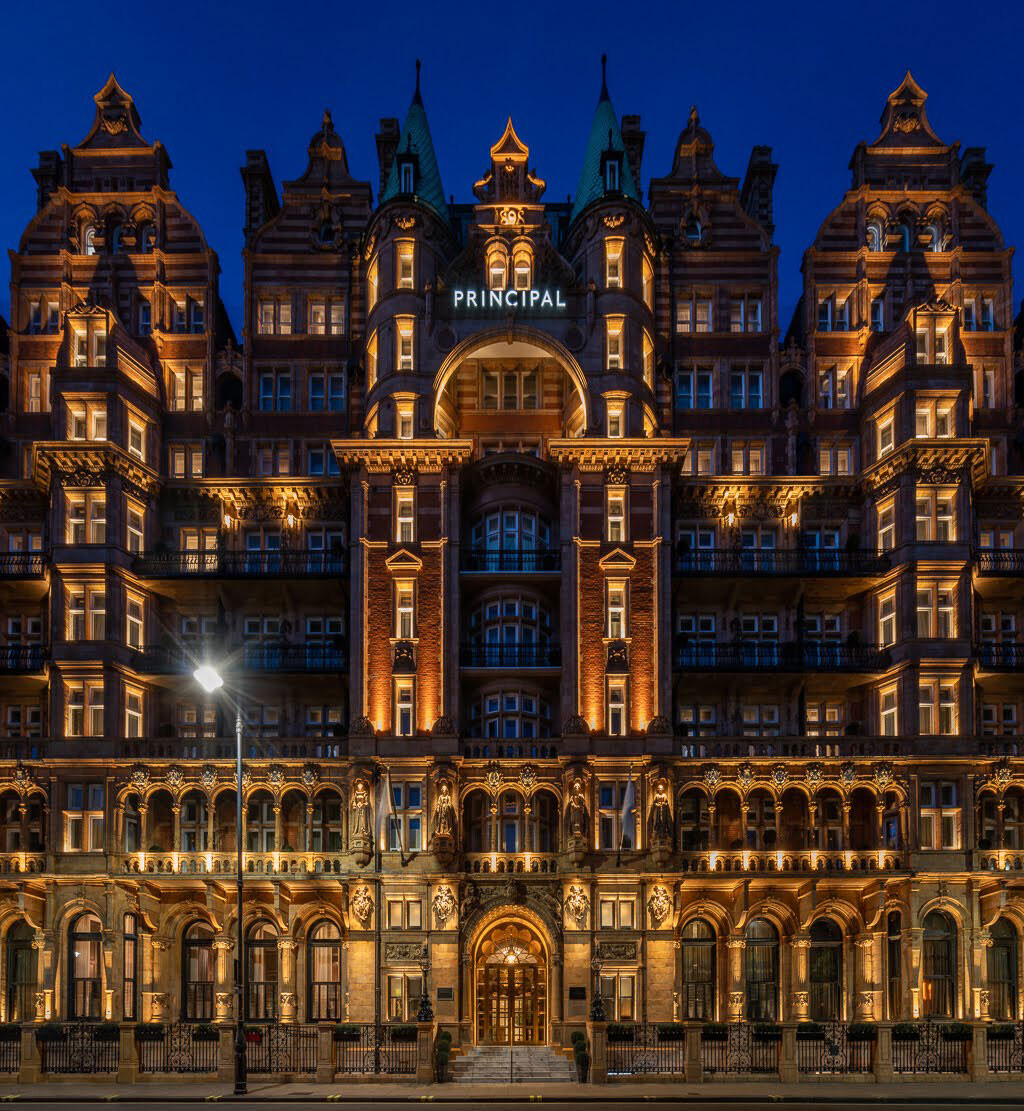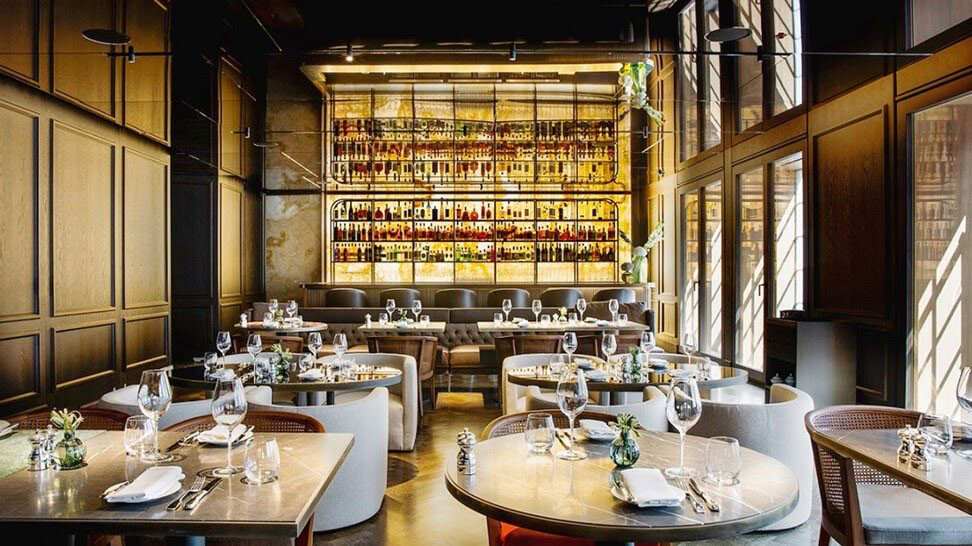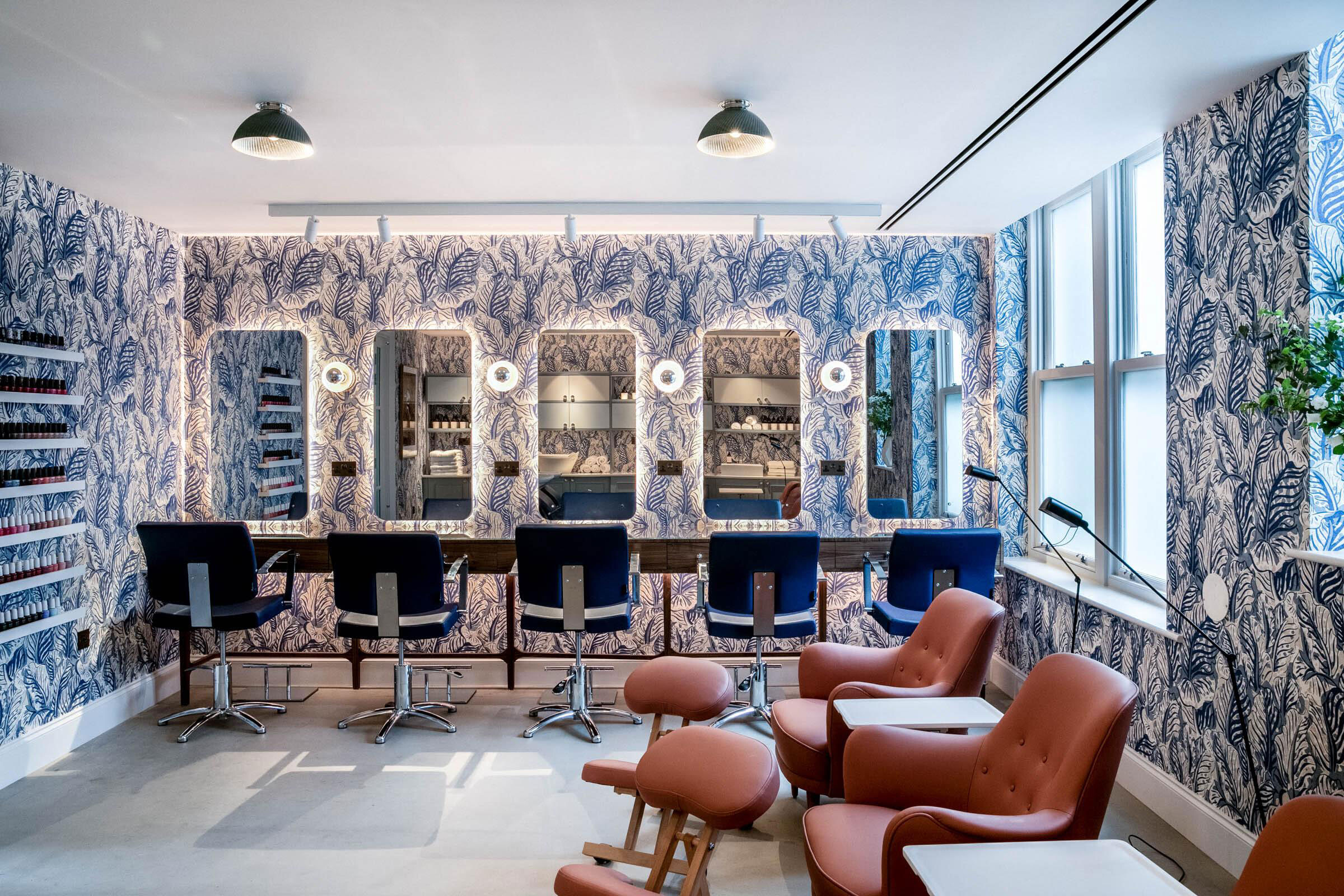Lighting is undoubtedly one of the main elements in architecture because light, whether natural or artificial, makes any environment alive. It can highlight spaces and objects, make a room more welcoming and receptive, increase sophistication, and create the most varied sensations, scenes, and different effects.
So it needs to be well thought out and analyzed by a professional.
To assume the challenge is Sally Storey, Architect, Design Director, and Founder of Lighting Design Internacional in 1986. She has become one of the country's leading lighting specialists.
Sally has realized the power of light in space and people's perceptions. For over 30 years, she has run the company, bringing together a talented team of creatives who push the boundaries of technology and design to create exceptional spaces and memorable experiences.
"At Lighting Design International we don't just work with light, we understand it. We believe that lighting should be at the heart of the architectural process and to this end we challenge the boundaries of what is possible to create visually stunning spaces that harness the subtle interplay between texture, form and colour."
Lighting Design International
Under Sally's leadership, Lighting Design International has won numerous awards, including the Award of Merit at the IALD Awards and the Design Awards in the International Lighting Category, among others. Sally is a regular speaker and judge at many top events, conferences, and design awards, including the Monaco Yacht Show. She has written three well-received books on lighting and is a frequent contributor to national and international press.
In an exclusive interview with Helena Costa from Alma de Luce, Sally Storey talks about her current inspirations, projects, and critical considerations for future designers or architects.

Helena Costa: Why architecture? When did you realize that architecture or design is your path?... and why did you create a company?
Sally Storey: At school, I was best at Sciences and Art. From a young age, I loved studying the environment around me, both nature and buildings. With a Scandinavian heritage (my mother was Finnish, and, as a child, I spent my summer holidays in Finland), I was captivated by Finland’s dramatic, raw landscapes and the contemporary architecture of Alvar Aalto. When deciding what I should study at university, I eventually decided not to pursue a science career. I loved the design and architecture was an obvious choice. I also realised it led to many other specialist areas, such as interiors and, in my case, Lighting. I chose this as my topic for a second-year dissertation; the more I understood, the more I realised the power of light not only to influence mood but also in our one’s interpretation of space and how we understand our surroundings. Lighting can be manipulated and controlled, which is why it is sometimes referred to as the fourth dimension of architecture.

HC: What is your method for satisfying the customer or creating empathy?
SS: The most important thing when meeting a client is to listen, to understand their needs, and then slowly to question them for more information. This is often the best way to get a proper brief so everyone’s expectations can be achieved. As design is so visual, it is important to share images and ideas. Even if the images you show are not liked, they still help you to get closer to your client’s brief. Listening is everything.

HC: What do you love most about your work?
SS: I often feel I am the luckiest person in the world as I am still inspired over 30 years and four books later. As a lighting specialist, I don’t feel constricted to one style. I love the challenges that historic properties bring, as well as the entire different challenges of minimal and contemporary design. I always try to evolve a timeless style, whatever the style of the building.

HC: Tell us about the project you are proudest of in your portfolio.
SS: Often, my last project is my favourite. My last project is my latest opportunity to express my creativity and design solutions. However, looking back, many stand out (although there are some I cannot disclose). The Temple Church in the City of London is one for the sheer celebration of architecture and the opportunity to use light to enhance detail in a listed building, which is often challenging. Lighting my first superyacht many years ago was a fun challenge, given numerous constraints; it felt almost like lighting a vast jewellery box. More recently, working on landmark hotels in London such as The Dorchester, Cambridge House, and The Savoy has been an enjoyable challenge, as it is now a hotel in Gstaad with an exciting, stimulating, international team.

HC: Is there any material that inspires you?
SS: Natural light is a major influence — sunshine breaking dramatically through clouds to spotlight a corner of the countryside or dappled light reflecting off water or trees. The colour of light changes from dawn to dusk and from day to day: it is never the same and often excites me.

HC: What is it like to manage a team of creatives? Can you always agree on ideas?
SS: Managing a team of creatives or being part of a creative team should always be exciting. It is where magic is created, and ideas are born. It is so often that sharing ideas leads to new ideas and creative answers. Learn to listen deeply and sometimes develop more than one idea. Eventually, the more powerful ones will win. Energy and passion are vital ingredients in the best creative discussions.

HC: What advice would you give to a student looking to follow in your path?
SS: I advise students to copy the approach I had years ago. Follow your passion, never stop learning, gain as much experience as you can by working in the industry, and keep your eyes open for opportunities. Today, many more professional courses and associations can help. Do take advice but don’t follow the crowd.